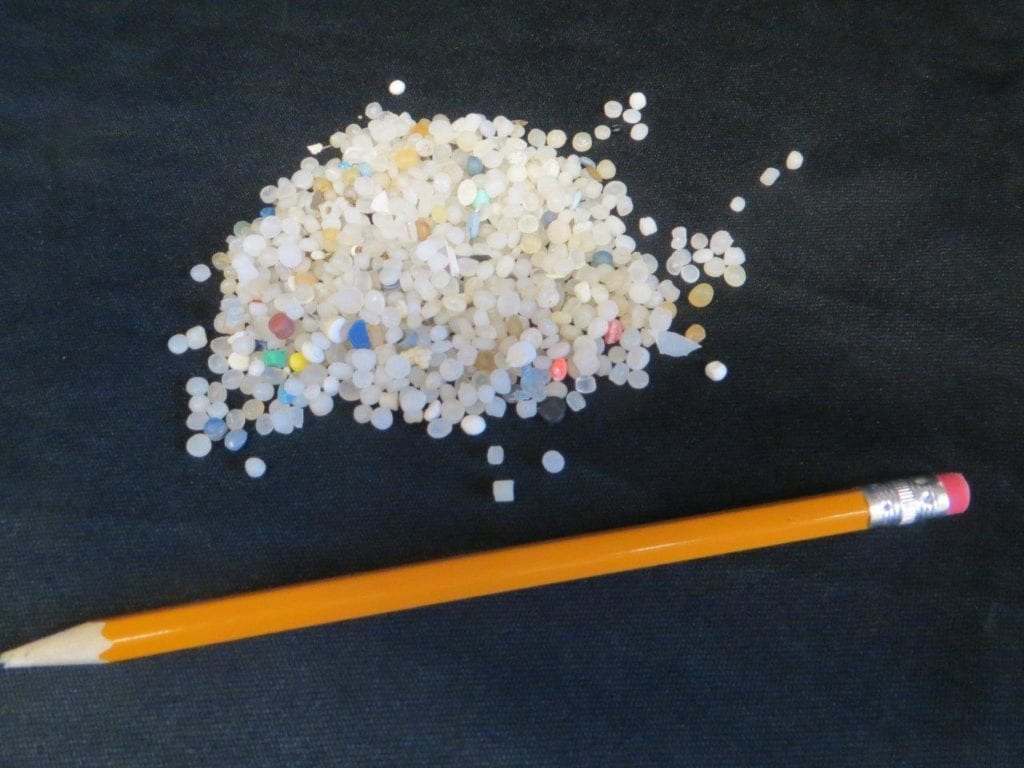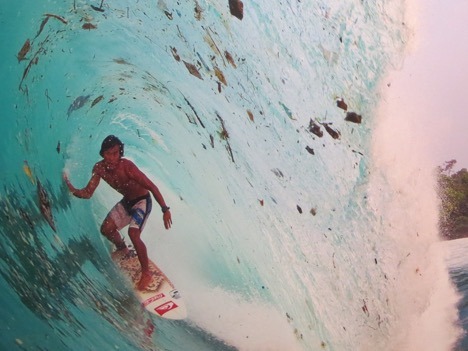by Rachael Carlberg

Nurdle is a silly word for a product with not-so-silly effects. Nurdles are small pellets that are the first step in the process of making any plastic thing. Your plastic containers, bags, and bottles were all once nurdles.
Every nurdle is created to be melted down and turned into a product used by humans. But, that often isn’t the case. Through leaks, spills, and other storage or transportation errors, nurdles end up in the environment, eventually making their way to the ocean.
So, what’s the big deal? Little plastic pellets can’t really cause any harm, right?
Wrong. Once in the ocean, nurdles can cause a myriad of issues. For one, many pollutants are attracted to the surface of nurdles, causing higher rates of toxicity in the water around them. Nurdles also are eaten by many organisms mistaking them for plankton or other food. Once in the ocean, nurdles don’t go away. Over time, they will break up into smaller and smaller particles, but will always be out in the environment unless removed by humans.

The good news is people can do something about the problem. Reusing plastic containers or switching to alternatives (for example, using a refillable water bottle instead of disposable ones) reduces the need for new plastic products to be made. If you live near a body of water where nurdles or any plastic waste are present, you can join in on cleanup efforts or start your own cleanup of the area.
Rachael Carlberg is an intern in the Education department of Carnegie Museum of Natural History. Museum employees are encouraged to blog about their unique experiences of working at the museum.
